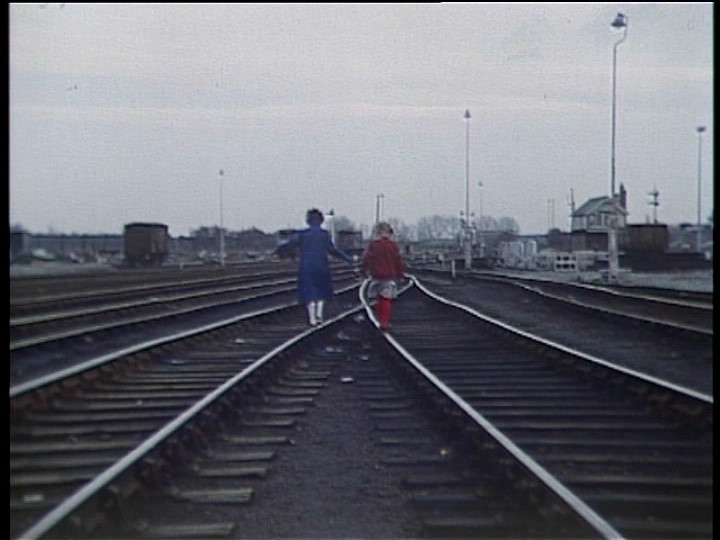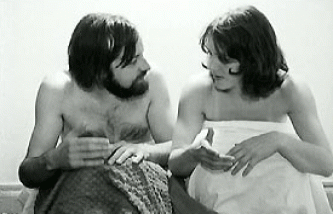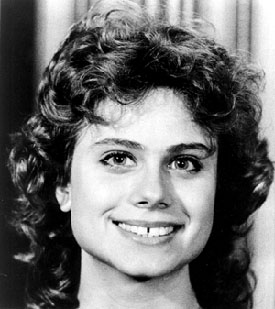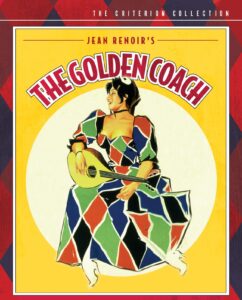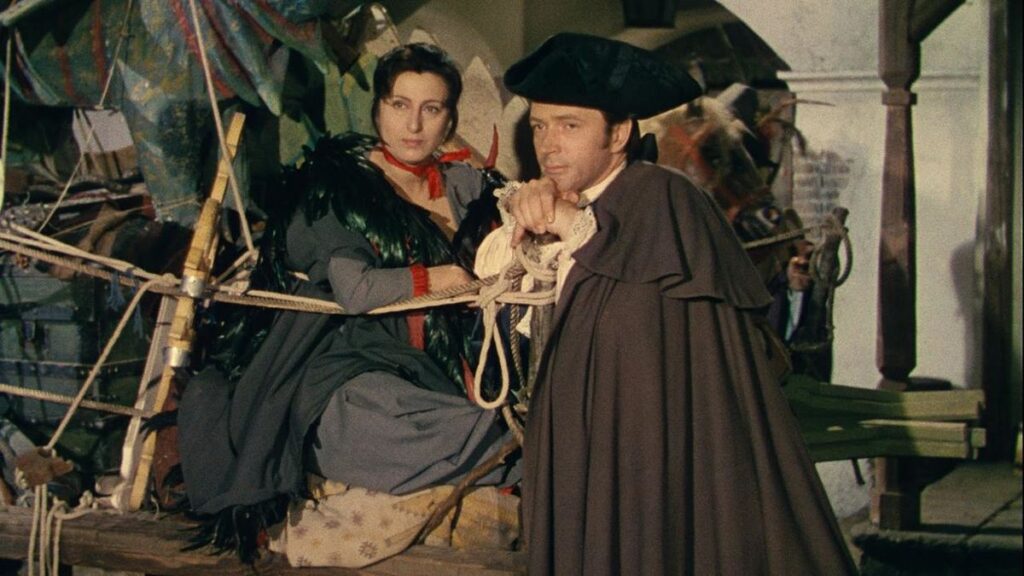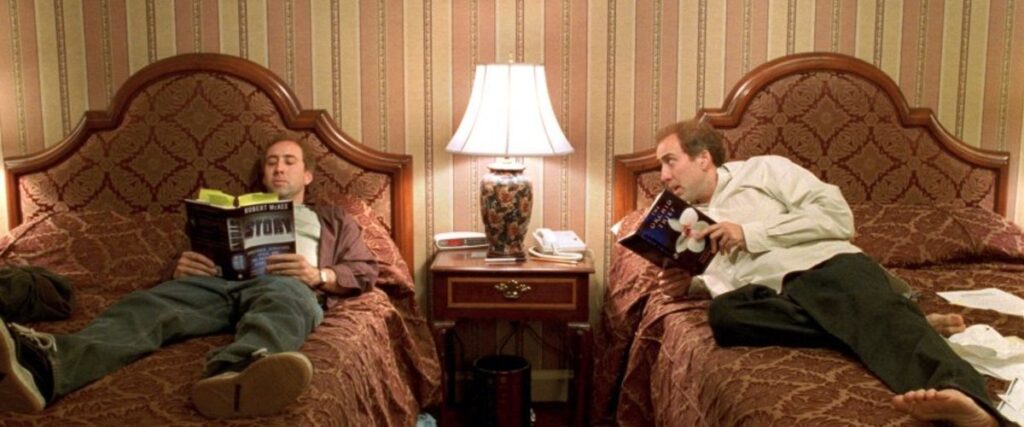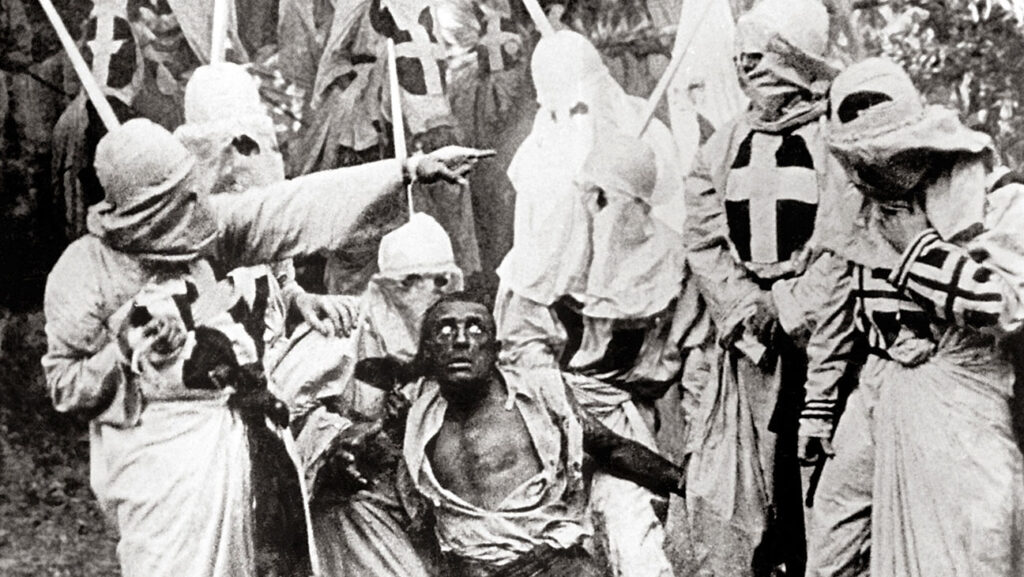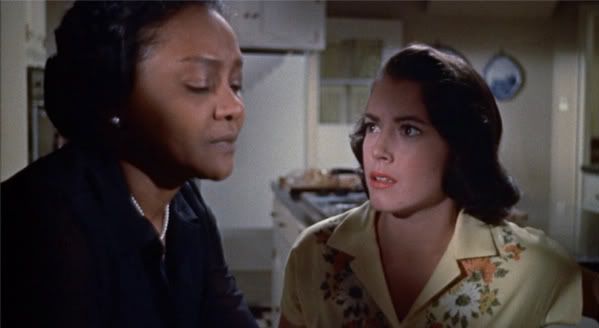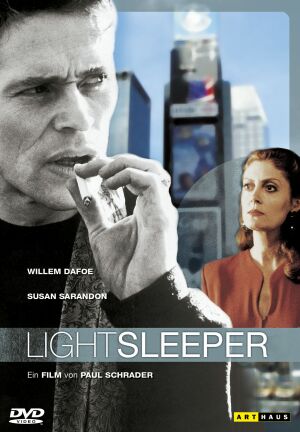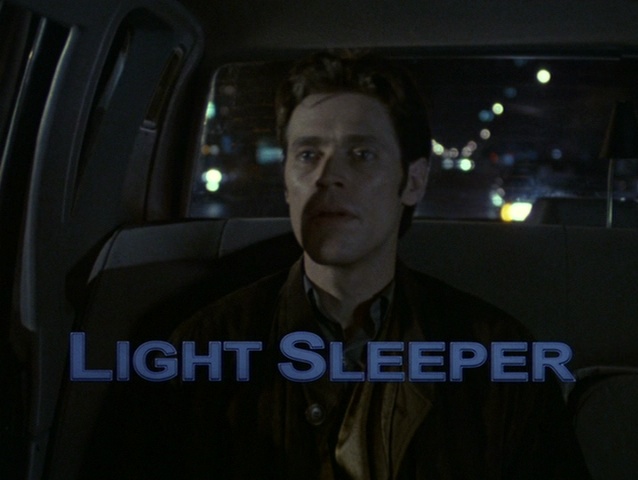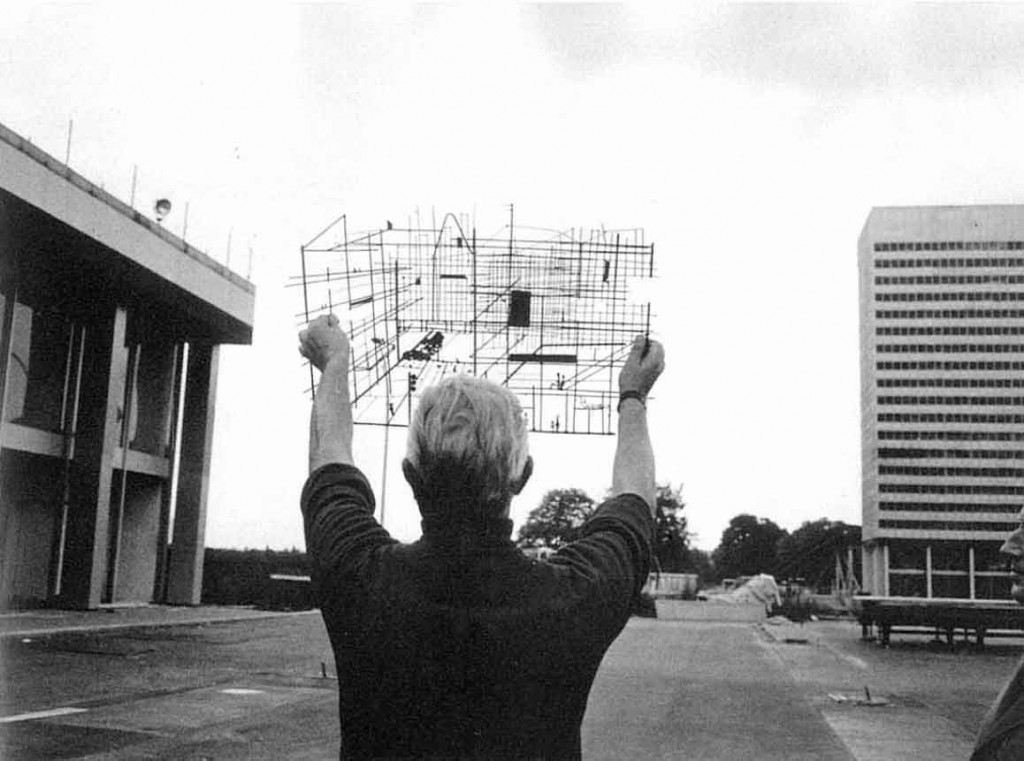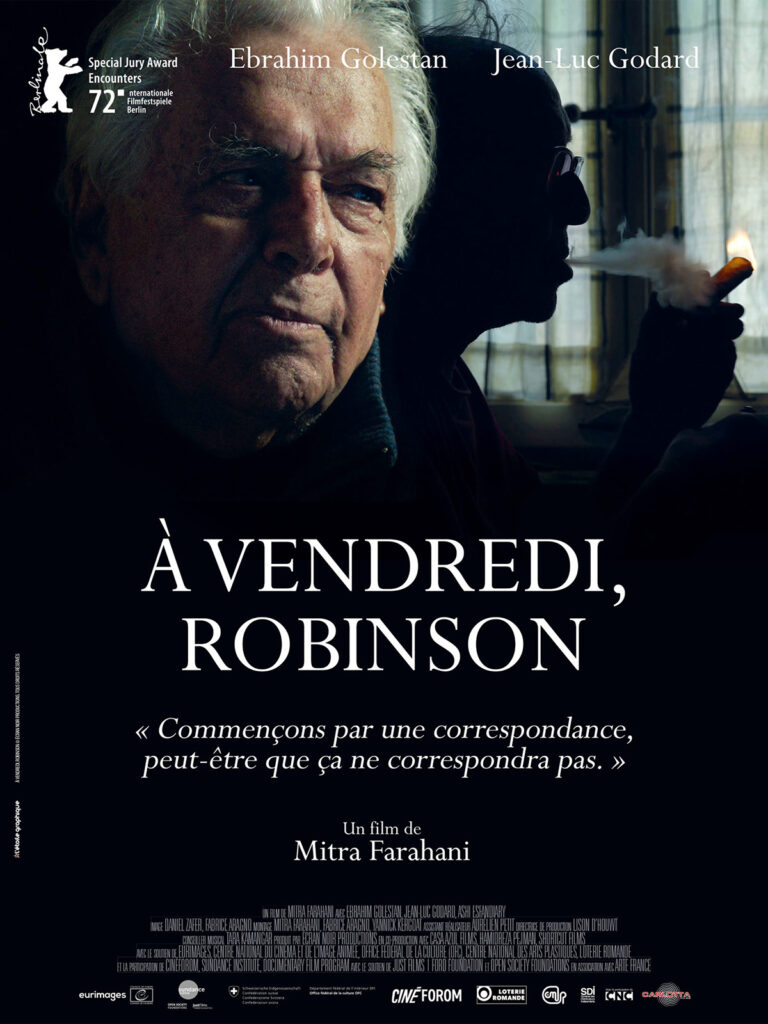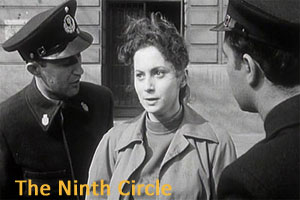Françoise Romand’s Mix-up is surely one of the greatest films I’ve ever reviewed, and I can happily report that it’s become available in recent years on DVD (which isn’t to say that it isn’t still grossly neglected); you can even find it on Amazon in the U.S. This article appeared in the February 26, 1988 issue of the Chicago Reader, and eventually it led to my becoming friends with Romand. — J.R.
MIX-UP
**** (Masterpiece)
Directed by Françoise Romand.
ANATOMY OF A RELATIONSHIP
*** (A must-see)
Directed and written by Luc Moullet and Antonietta Pizzorno
With Moullet and Christine Hébert.
GAP-TOOTHED WOMEN
* (Has redeeming facet)
Directed by Les Blank.
While the issue of representation is at the cutting edge of most debates about film, it usually gets posed in relation to fiction features; documentaries, ranging from Shoah to the evening news, are commonly exempted. The unspoken assumption that nonfictional form is a discardable, see-through candy wrapper — a means of organizing and containing information, which can safely be ignored once we get to the goodies inside — not only keeps us ideologically innocent but limits the kinds of content we may find permissible in documentaries.
Many valuable documentaries, of course, exist chiefly to let certain voices be heard that might otherwise remain silent: Carole Langer’s Radium City, about a radioactive town in Illinois, is one such example, and Deborah Shaffer’s powerful account of the Sandinista struggle, Fire From the Mountain (which is playing this week at Facets), is another. Read more

